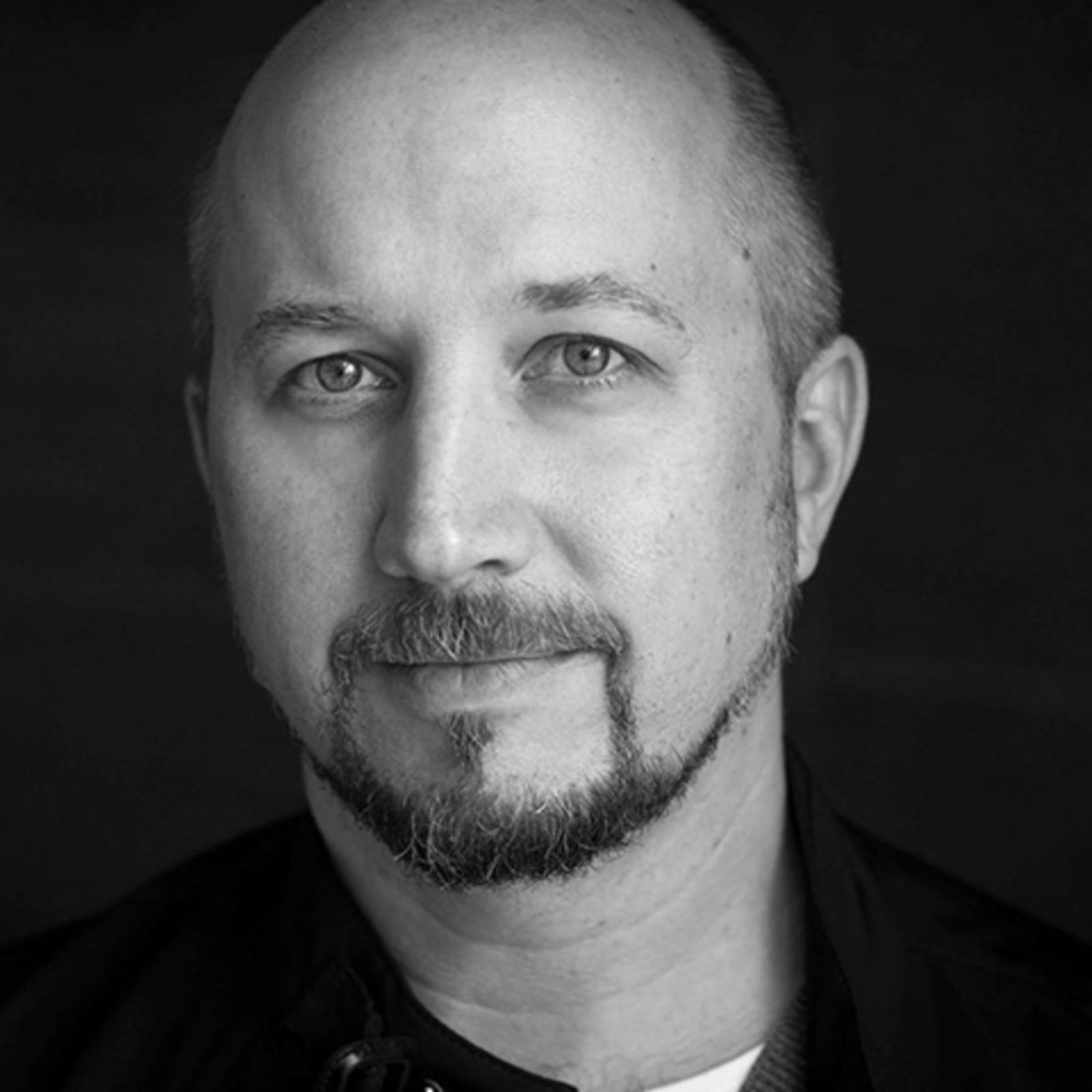
artwork infos
landscape
generative art
00:50
n/a

Matthew Biederman
Serial Mutations (z-axis)

Matthew Biederman
Serial Mutations (z-axis) -...

Matthew Biederman
Morophogerador Out - Vertic...

Matthew Biederman
Guided Saccade

Matthew Biederman
Morophogerador In - Vertica...

Matthew Biederman
Morophogerador In

Matthew Biederman
Morophogerador Out

Matthew Biederman
Oroborous
Matthew Biederman is an American artist based in Montreal, Canada. His practice is at the intersection of art, technology, media, radio and audiovisual performance. Since the mid-1990s, he has explored the themes of perception, media saturation and data systems from a multitude of perspectives. He believes in the idea of a craftsman artist, a provocative artist and the necessity to represent the sublime in order to arouse emotion and the feeling of beauty among the spectator. He also proposes new ways of conceiving and understanding the world. According to him, this goes through the exchange and crossing of different arts. He considers the artist to be an inventor in so far as he serves as a beacon to illuminate possibilities, potentials and ways of discovering the world.
In 2007, he co-founded the Arctic Perspective Initiative with Marko Peljhan, an international not-for-profit group of individuals and organizations which goal is to promote the construction of creative open infrastructure, communication and dissemination for the circumpolar region. Matthew’s works have already been exhibited around the world, from the United States to South America to Europe and Asia.

Oroborous

generative art
landscape
00:50
n/a
More from Matthew Biederman
More on digital art
Collections with the artist










